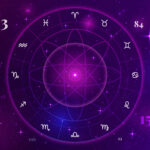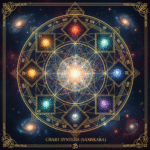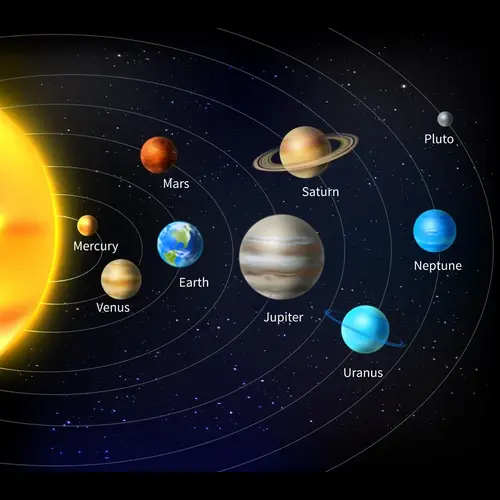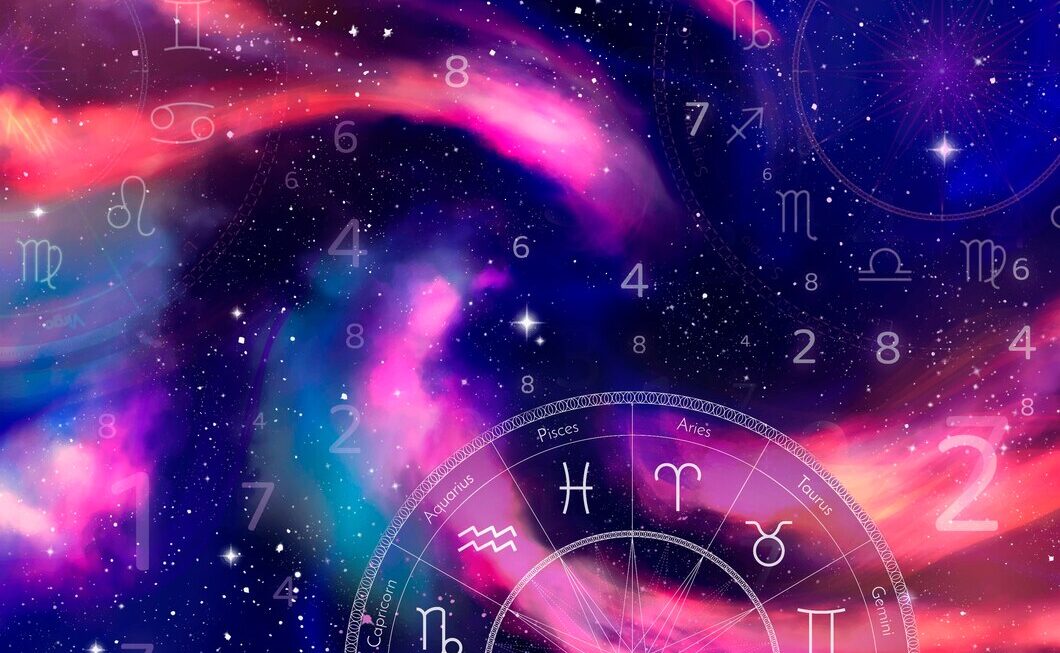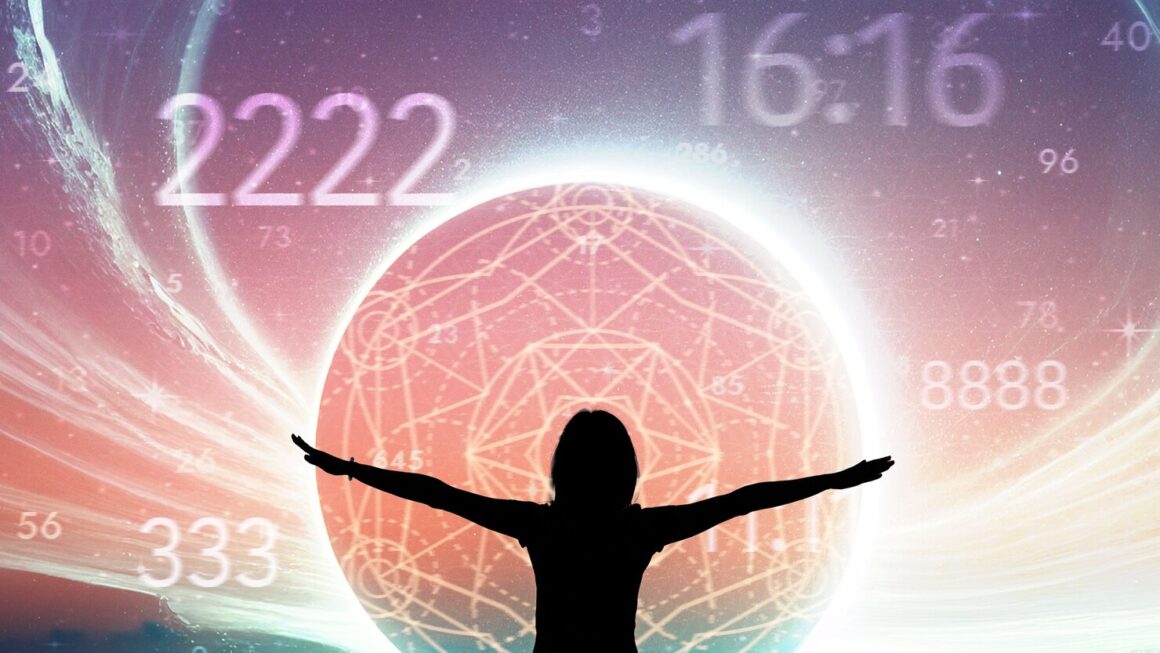Why is a fiery, impulsive Aries so utterly different from a fiery, royal Leo? Why is the practical, analytical earth of Virgo worlds apart from the sensual, pleasure-loving earth of Taurus?
The answer is not just their element or quality. The answer, and arguably the single most profound and foundational concept in sign rulership vedic astrology, is the principle of Lordship.
To journey into Jyotish is to move beyond seeing signs as simple personality profiles and to see them as they truly are: they are kingdoms. They are specific fields of energy. And every single kingdom has a king—a ruling planet, or Rashi Lord, that imbues that sign with its core consciousness, its purpose, and its very soul.
Welcome to the deep dive into planetary rulership signs.
The King and the Kingdom: The Core of Vedic Rulership
Here is the most important opinion I can offer as a Jyotishi: A Rashi (Sign) is a place, but a Graha (Planet) is a consciousness. The sign is the “house”; the planet is the “owner.”
The reason this is the most critical concept to grasp is that the Rashi does not act. It is a passive field of potential. It is the planet, the Rashi Lord, that acts. The sign is simply the style in which that lord expresses its energy.
- Example: Think of Mesha (Aries). It is a fiery, volatile, and courageous kingdom. Why? Because its “king” is Mangal (Mars), the divine general—a planet that is, by its very nature, fiery, volatile, and courageous. The sign of Aries is a direct expression of the Martian archetype.
- Example: Now, think of Vrishabha (Taurus). It is an earthy, stable, and pleasure-loving kingdom. Why? Because its “king” is Shukra (Venus), the divine guru of pleasure, art, and material abundance. The sign of Taurus is a direct expression of the Venusian archetype.
- Opinion (Restatement): Therefore, you cannot truly understand a sign without first paying respects to its lord. All sign rulership vedic astrology is built on this “landlord-and-land” relationship. When another planet (a “guest”) visits a sign, it must play by the rules of the planet who owns that sign.
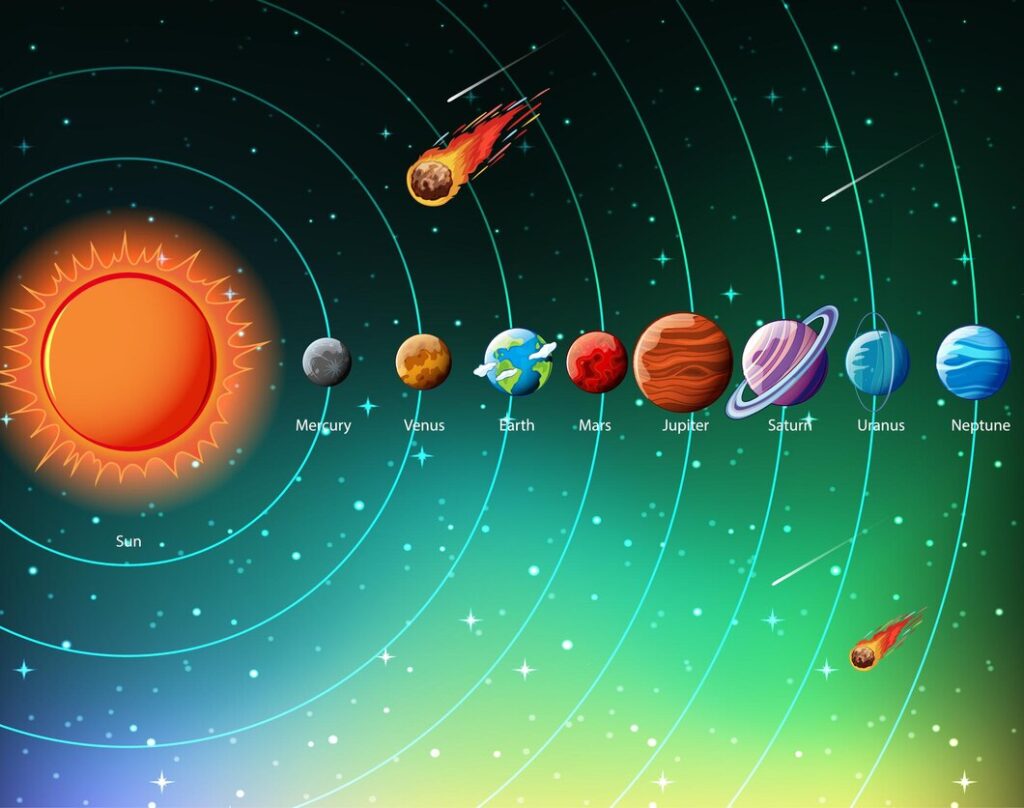
The Cosmic Cabinet: The 7 Planets and Their 12 Kingdoms
In the traditional Vedic system, we focus on the 7 visible “Grahas” (planets) plus the 2 lunar nodes (Rahu and Ketu). The 7 Grahas are the “landlords” of the 12 signs.
The two great lights, the King and Queen, get one kingdom each. The other five planets, the “cabinet,” get two kingdoms each—one “masculine” (projective/day) and one “feminine” (receptive/night), or in elemental terms, one Fire/Air sign and one Earth/Water sign.
Let’s meet the planet sign lords.
Surya (The Sun) & Chandra (The Moon): The Royal Couple
The two luminaries are the divine parents of the zodiac. They each rule only one sign, their “throne room.”
- Surya (The Sun) rules Simha (Leo):
The King (Surya), the significator of the Atma (the eternal soul), rules the one and only royal sign. Simha (Leo) is the only sign ruled by the Sun. This is why Leo is the sign of royalty, the individual ego, creative self-expression, and the “main character” energy of the soul. Leo is the Sun’s throne. - Chandra (The Moon) rules Karka (Cancer):
The Queen (Chandra), the significator of the Manas (the mind and heart), rules the sign of the mother. Karka (Cancer) is the only sign ruled by the Moon. This is why Cancer is the sign of emotion, nurturing, inner security, and the heart. Cancer is the Moon’s sacred, protected home.
Budha (Mercury): The Celestial Prince & Analyst
Budha (Mercury) is the Yuvaraja (the Prince), the planet of the buddhi (intellect). He rules the two “thinking” and “dual” signs.
- Budha rules Mithuna (Gemini):
This is Budha’s airy, masculine sign. This is the archetype of the communicator, the messenger, the curious student, the networker. This is Budha’s “playground,” where his intellect is fast, curious, and externalized. - Budha rules Kanya (Virgo):
This is Budha’s earthy, feminine sign. This is Budha as the analyst, the healer, the perfectionist, the craftsman. This is Budha’s “workplace,” where his intellect is grounded, practical, and internalized. (This is also Budha’s sign of exaltation, his point of perfect power).
Shukra (Venus): The Master of Pleasure & Diplomacy
Shukra (Venus) is the Guru of the Asuras, the master of material pleasure, art, beauty, and relationships.
- Shukra rules Vrishabha (Taurus):
This is Shukra’s earthy, feminine sign. This is the archetype of material abundance, sensory pleasure, wealth, and sensual art. This is Venus as the “earth goddess,” ruling over all that is beautiful and tangible. - Shukra rules Tula (Libra):
This is Shukra’s airy, masculine sign. This is the archetype of relational harmony, diplomacy, social grace, and the “art of the deal.” This is Venus as the “socialite” or “diplomat,” ruling over the abstract beauty of a perfect, balanced relationship.
Mangal (Mars): The Divine General & Strategist
Mangal (Mars) is the Senapati (the General), the planet of action, will, courage, and conflict.
- Mangal rules Mesha (Aries):
This is Mangal’s fiery, masculine sign (and his Moolatrikona or “primary” sign). This is Mars as the day-time warrior—direct, courageous, impulsive, and charging head-first into battle. This is raw, unfiltered Martian energy. - Mangal rules Vrishchika (Scorpio):
This is Mangal’s watery, feminine sign. This is the great paradox: fire under water. This is Mars as the night-time strategist—secretive, intense, psychologically penetrating, and transformative. This is the spy, the surgeon, the detective.
Guru (Jupiter): The Great Teacher & Guru
Guru (Jupiter) is the Deva-Guru (the teacher of the Gods), the planet of wisdom, expansion, philosophy, and dharma (purpose).
- Guru rules Dhanu (Sagittarius):
This is Guru’s fiery, masculine sign (and his Moolatrikona). This is Guru as the philosopher and professor—expansive, optimistic, righteous, and openly teaching his truth to the world. - Guru rules Meena (Pisces):
This is Guru’s watery, feminine sign. This is Guru as the saint or mystic in meditation. His wisdom is not from a book; it is boundless, compassionate, intuitive, and connected to the universal ocean of consciousness.
Shani (Saturn): The Lord of Karma & Structure
Shani (Saturn) is the great Teacher and Judge, the planet of time, discipline, limitation, responsibility, and karma.
- Shani rules Makara (Capricorn):
This is Shani’s earthy, feminine sign. This is Shani as the architect and CEO. His focus is on building tangible, material structures, ambition, and mastering the physical world through discipline and hard work. - Shani rules Kumba (Aquarius):
This is Shani’s airy, masculine sign (and his Moolatrikona). This is Shani as the humanitarian and system-designer. His focus is on the abstract structures of society—networks, communities, social justice, and the rules that govern the collective.
A Note on the Shadow Lords: Rahu & Ketu
In classical Jyotish, the rashi lords are the 7 traditional planets. However, many modern and some classical texts assign co-rulership to the nodes. Rahu (the North Node) is said to co-rule Kumba (Aquarius) for its futuristic, rebellious, and unconventional nature. Ketu (the South Node) is said to co-rule Vrishchika (Scorpio) for its mystical, eruptive, secretive, and transformative nature.
Quick-Reference Chart: Planet Sign Lords
For easy reference, here is the complete list of which planet rules sign:
| Rashi (Zodiac Sign) | Sanskrit Name | Rashi Lord (Ruling Planet) | Sanskrit Name |
| Aries | Mesha | Mars | Mangal |
| Taurus | Vrishabha | Venus | Shukra |
| Gemini | Mithuna | Mercury | Budha |
| Cancer | Karka | The Moon | Chandra |
| Leo | Simha | The Sun | Surya |
| Virgo | Kanya | Mercury | Budha |
| Libra | Tula | Venus | Shukra |
| Scorpio | Vrishchika | Mars | Mangal |
| Sagittarius | Dhanu | Jupiter | Guru |
| Capricorn | Makara | Saturn | Shani |
| Aquarius | Kumbha | Saturn | Shani |
| Pisces | Meena | Jupiter | Guru |
Beyond Rulership: Why the Lord’s Condition is Everything
Now, we come to the true art of Jyotish.
Opinion: Knowing which planet rules sign is just “Astrology 101.” The true art of sign rulership vedic analysis is to then find that ruling planet in the chart and judge its condition.
Reason: A “landlord” (planet) can be in many different states. Is that king sitting on his own throne? Is he at a great feast in a friend’s palace? Or is he chained in the dungeon of his mortal enemy? The condition of the lord tells you the true story of the sign.
Example: Let’s take Karka (Cancer) Lagna (Ascendant). The Rashi Lord is Chandra (The Moon).
- Case 1: The Moon is in Karka. The lord is at home (a state called Swakshetra). This person’s mind and personality are one. They are deeply emotional, nurturing, and secure in their own identity.
- Case 2: The Moon is in Vrishabha (Taurus). The lord is exalted (a state called Uchcha), its point of maximum power. This person’s mind is exceptionally stable, happy, and secure. They are a “rock.”
- Case 3: The Moon is in Vrishchika (Scorpio). The lord is debilitated (a state called Neecha), its point of maximum weakness. This person’s mind is tormented, fearful, intense, and prone to emotional crisis.
Opinion (Restatement): All three of these people are “Cancer Ascendants,” but their life experience is wildly different. This is why just knowing your Sun sign is meaningless. The true story is in the Rashi Lords and their condition. This is the entire foundation of predictive, insightful astrology.
Conclusion: The First Key to Your Chart
Understanding sign rulership vedic astrology is the first and most important key to unlocking your chart. It is the golden thread that connects the “what” (the sign) to the “who” (the planet).
Before you ask “What does it mean to have Venus in Leo?”, you must first ask, “How does Venus, the planet of love, feel as a guest in the kingdom of its enemy, the Sun?”
I invite you to take this knowledge and apply it to your own chart. Find your Lagna (Ascendant) Rashi. Who is its lord? Now, find that planet in your chart. Where is it? Is it at home, exalted, or in an enemy’s sign? This is the first, most profound step to understanding your own cosmic map.



